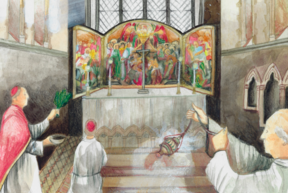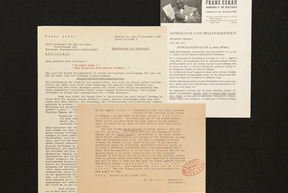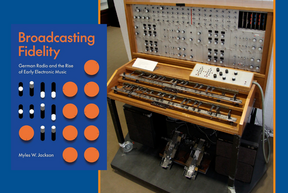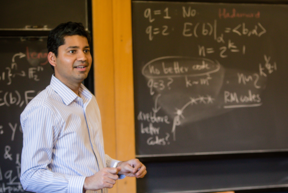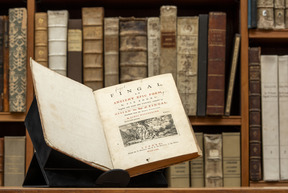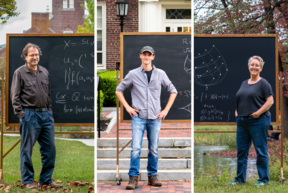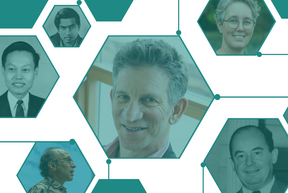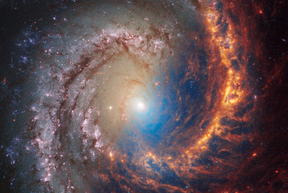The Institute Letter Fall 2024
Read how Caroline Walker Bynum, Professor Emerita in the School of Historical Studies, has engaged in processes of revisitation and transformation throughout her career, broadening the interpretive frameworks of a series of material objects with each analysis. Explore the influence of Peter Sarnak, Professor Emeritus in the School of Mathematics, on broad areas of mathematics with his work on Ramanujan graphs. Discover the innovative research being conducted in the School of Natural Sciences on gravitational waves, detailing how each individual Member or small group of scholars plays a role in driving forward scientific understanding in this field. Investigate how a single theme unites volumes both old and new in the Historical Studies - Social Science Library. Understand how an unexpected archival collection enhances our knowledge of an IAS community defined by migration and mobility.
Click here to download the pdf.
